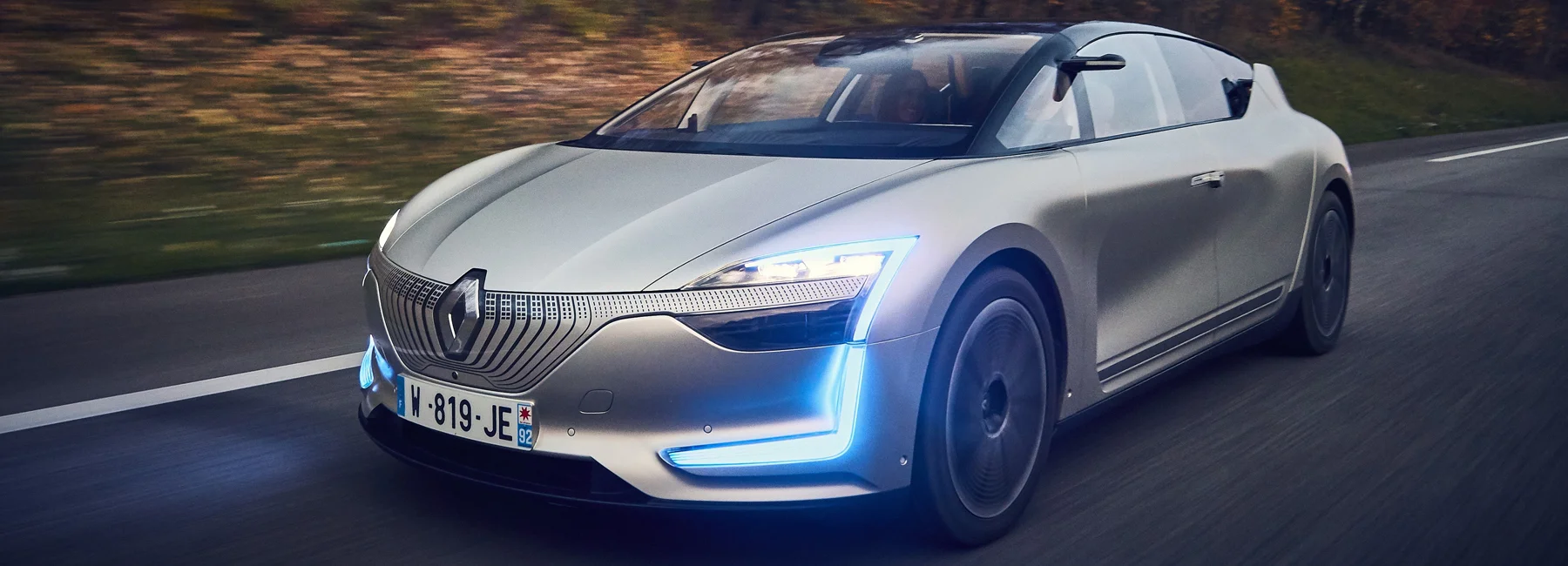
Reanult Autonomous Vehicles Source: www.designboom.com
Driverless cars are almost here; in as little as 3 years they may be available according to Tesla. With every high profile new technology hitting the market, claims of a revolution are sure to follow, as are the luddites who refuse to accept that change is inevitable. Driverless cars are no exception here, with this technology resulting in mixed responses from the public..
There are a number of reasons people object. Those who fiercely object to driverless cars based on danger may have a misplaced trust in other people’s ability to drive. Most people just aren’t that good at it, with 1200-1250 people dying on Australian roads every year. Perhaps however, Autonomous Vehicles (AVs) don’t have to be perfect, they only have to be better than us.

Tesla model X Source: cars.usnews.com
Other critics refer to the classic philosophical “trolley problem”. This problem describes a robot’s inability to make decisions based on ethics. Critics fear current vehicles lack the judgement to choose hitting a fence to avoid a person.
On the other hand, contributing to the allure of a driverless car is its ability to drop you off, then go park itself awaiting you to summon it again at a later point. However if cars are allowed to go and park themselves, is there not a risk to traffic and the environment that cars will cruise around the city indefinitely if they are unable to find parking. As it stands right now, the average Uber occupancy in traffic is only 1.6 including the driver so 40% of the time there is only one occupant clogging up the roads driving around unnecessarily, a problem perhaps worsened if the above scenario plays out.
According to Professor Graham Currie, a world renowned public transport researcher, the only feasible option for the future Australian mega cities is to embrace mass rail transit. Having been involved in the transport planning for every summer Olympic Games since 1996, Mr Currie states the only way these cities can handle the congestion is by using mass transit. The cities ban cars, invest in rail solutions and mass public transport.

Volvo autonomous car source: www.ubergizmo.com
Although new and flashy industrial designed dreams seem like the future has finally come, Professor Currie believes that walking, cycling and mass transit will still dominate central areas in 50 years.
The over-hype of driverless technology shows that we need to be grounded in how we approach new and exciting technologies. The awesome design in AVs will reduce our road toll and free commuting time for something more worthwhile, but they won’t fix all our problems. We need to use and improve alternatives that are better suited to the inner city for congestion. Rail transit may not be as alluring as driverless cars but it is designed to be functionally superior for mass transit.
If you want to talk Industrial Design, contact us at Hone Product Design Melbourne on 9939 8880 or email us at hello@honepd.com.